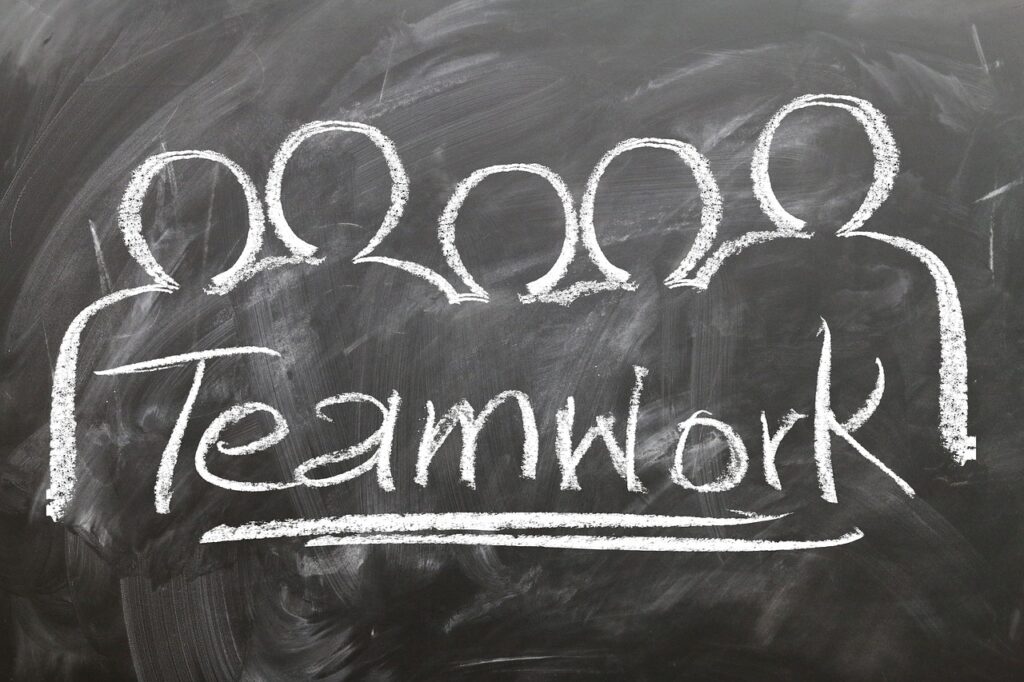Using the right tech apps can increase team productivity. Team leaders and members who want to know what to do to be more productive should look for apps that support the goal of optimized workflows.
Post Contents
What Can A Business Do To Improve Its Productivity?
Apps that meet the needs of individual team members can increase the collective productivity of teams. Most teams need to communicate, cooperate, keep records, share data and stay on top of workflows. A given application can fulfill one or more of these functions, and apps can be integrated to work together.
It is important to select apps for productivity based on an impartial assessment of the present performance of a team. Apps that correspond to workflows and are compatible with legacy systems are more likely to demonstrate the positive impact of technology on productivity.
Teams can get more benefits when every member uses the same app. Most apps reward having wide or universal adoption with in-app messaging and other collaborative features.
Compare The Leading Productivity Apps
Some apps are dedicated to productivity, while others make it easier for users to do their jobs better and faster. The following types of apps are among the leading productivity tools for teams in 2022:

Collaboration
Many apps enable users to work together. Administrators may need to invite team members and set user permissions.
Communication
Communication can make groups more or less productive. Share clear expectations and updates on progress.
Note-taking
Writing something down or making a record to which you can refer can increase recall by as much as 70%. Team members can promote each others’ productivity by sharing notes.
File Storage And Sharing
Document distribution, file storage and sharing save time. The ability to share files and set permissions for access can be crucial for teams.
Focus Promotion
Some apps enable administrators to stop team members or individual users to prevent themselves from opening specified apps. Many users classify entertainment and social media apps as distractions.
Time management
Users can set timers for working and generate task reminders. These simple functions go a long way toward improving time management skills.
As well, while applications that support collaboration on documents in real time are not strictly productivity apps, the ability to generate and review documents in progress alongside other stakeholders can make teams more productive. The same goes for checking in, posing questions or sharing files.
Some apps that focus on productivity work by directing and prolonging users’ attention spans. Other apps prevent users from opening games, entertainment or social media apps until a set time or after all productivity requirements have been met.
The Benefits Of Productivity Apps For Teams
Teams can decide which productivity apps to try by breaking down collective and individual workflows and identifying apps that correspond to communication, collaboration, data, focus or time management needs.
Once a team starts using an application, notifications may come as welcome reminders for tasks that would otherwise have required thought and a good memory in addition to the time and skill necessary for successful completion.
Productivity apps can help team members work faster with more focus and get more out of each working day. To get the maximum benefits of using a new app and experience minimal drawbacks, some planning and care are necessary during implementation.
Implementing Productivity Apps
There are two ways for teams to go about using productivity applications. Groups can use applications that support multiple user profiles and enable users to communicate, or individual group members can use productivity apps to hold themselves accountable to the team.
If a team plans to use an app to stay connected, the members need to provide accurate and current contact information, such as email addresses. It is also worth considering whether an application is compatible with employees’ computers or devices. A growing number of applications are available for both the iOS and Android operating systems.
When stakeholders set up productivity apps, they must often sign up and select a licensing option. Free trials and introductory offers enable leaders of organizations and teams to determine whether apps are likely to improve productivity.
Popular Team Productivity App Features
Some of the most popular productivity apps for teams have similar features. In recent years, features that set early productivity apps apart, such as the ability to collaborate with others on documents in real-time, have become industry-wide standards. Here are a few features that are available in many productivity apps as of 2022:

Real-time Document Editing
Team members can edit documents together in real time. This feature is particularly useful for distributed teams.
Task And Process Automation
Workflow management software with support for code-free automation can free staff up from repetitive processes. Automation also reduces errors in data transcriptions and transfers.
Trigger-based Notifications
Timely notifications eliminate lag between tasks. The ability to notify team members of the need to take action can keep projects on schedule.
Detailed Audit Records
Many applications generate detailed records in the background. File access records can prove useful in internal or external audits or reviews.
Shared Virtual Space
Popular collaboration platforms recently added the ability to host a meeting in a shared virtual space. Many users like to view other participants on a video call or conference against a shared background, and some platforms support proximity chats with spatialized audio.
These are just a few application features that can increase productivity. To get more out of any applications in use, team and organization leaders should strive to integrate these platforms. Systems that are not integrated may contain siloed data and open organizations to other pitfalls of using apps to optimize productivity
The Pitfalls Of Productivity Apps
Sometimes an app can seem like it will solve one or more problems but falls short for one reason or another. Some apps are more complex and require coding or technical resources that teams or organizations do not have.
Other apps designed for specific applications may be less useful for other purposes. For this reason, it is important to assess the functionality of productivity apps and plan ahead for smooth implementation.
Team and organization leaders should try to resist the allure of using seemingly well-designed productivity applications that do not actually increase team productivity. Some apps may have the effect of overcomplicating, rather than simplifying, workflows.
Look for productivity apps that are compatible with legacy hardware and software in use at an organization, or prepare to spend money, time and effort upgrading equipment and installations.
The best productivity apps have functions that match the ways teams work or resources that enable teams to work more efficiently. The right tools make it easier to monitor and optimize the productivity of teams.
Some productivity apps are more expensive to license than others, making it worthwhile to consider how many features of an application you will use. Organizations should seek out the most useful and results-driven productivity apps.
Optimize Workflows On An Integrated Platform
A workflow system that can be integrated with apps maximizes the efficiency of data gathering and processing from all available sources. Productivity insights obtained from time management apps, for example, can be more readily synthesized and applied to workflow automation when this type of system is in place.
In addition to enabling teams and organizations to distribute and sign documents, the right integrated platform opens up the possibility of even greater workflow optimizations through automation.
Regardless of the apps that teams experiment with and ultimately implement, enterprises that use workflow platforms to integrate data from many apps can identify more measures to promote productivity. Productivity apps that are integrated are more likely to benefit organizations than disparate interfaces and data. The productivity data gleaned across platforms can guide further workflow optimization.






























